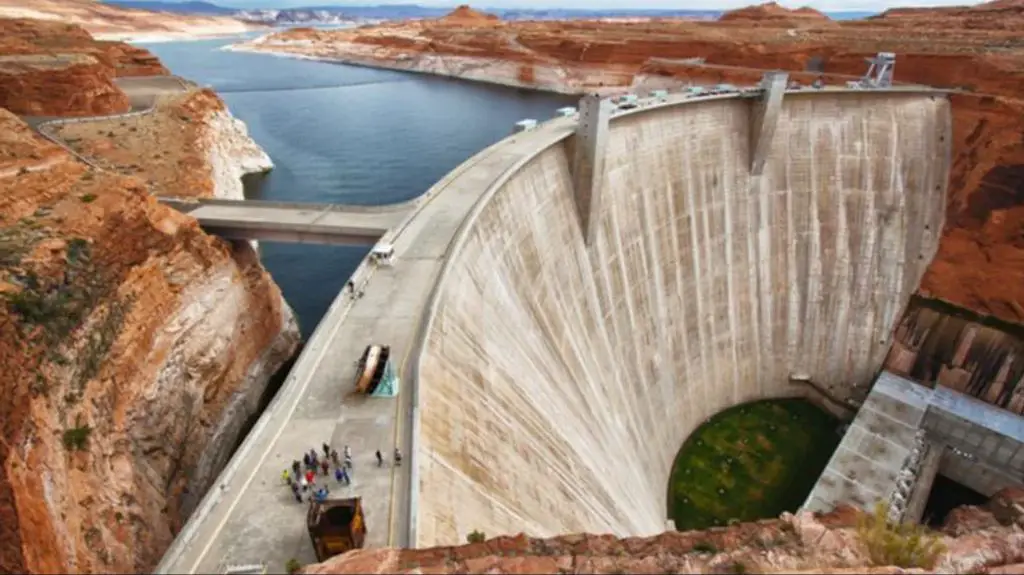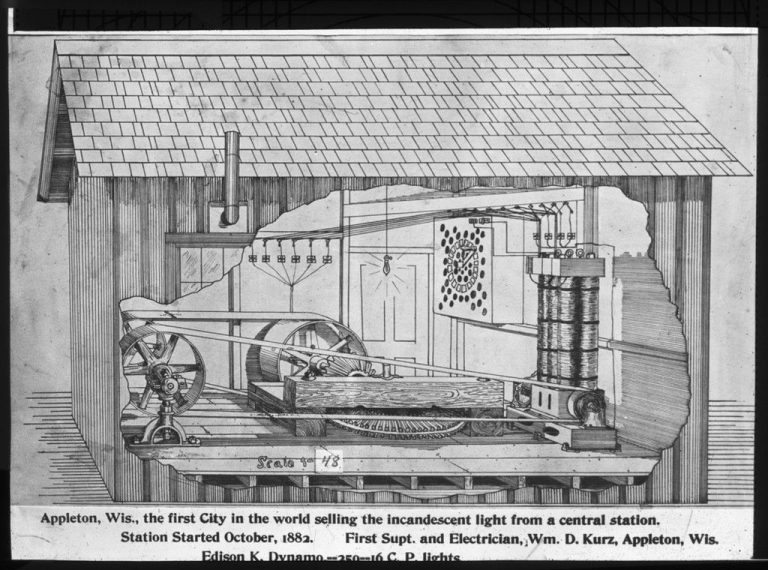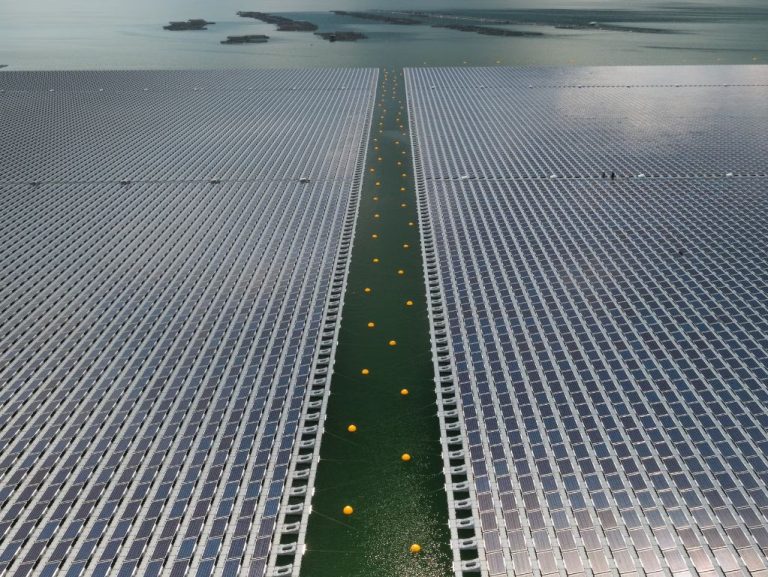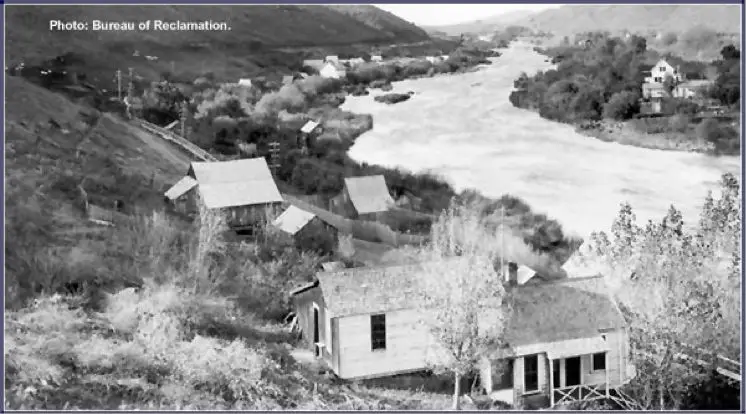Is Hydropower Harmful To The Environment?

Hydropower is a form of renewable energy that utilizes the natural flow of water to generate electricity. It is one of the oldest and largest sources of renewable power in the world. Hydropower plants capture the energy of flowing water by diverting it through a turbine connected to a generator to produce electricity. The height at which the water falls and the volume of water flow determines the amount of electricity that can be generated. Hydropower is considered a clean and sustainable energy source as it relies on the water cycle and does not produce greenhouse gas emissions or waste byproducts. It accounts for over 16% of total electricity generation worldwide, making it an important contributor to the global renewable energy mix.
Benefits of Hydropower
Hydropower is an efficient and reliable source of renewable energy that offers many benefits. As a clean energy source, hydropower helps reduce reliance on fossil fuels and does not produce greenhouse gas emissions like traditional power plants (Energy.gov). When used in place of coal, oil, and natural gas, hydropower can significantly lower carbon emissions and air pollution. According to the Department of Energy, hydropower is the largest renewable energy source for electricity generation in the United States, producing over 6% of total electricity generation in 2019.
Unlike solar and wind power that rely on weather conditions, the flowing water that powers hydropower is always available. This makes hydropower a consistent and dependable source of electricity. The storage capability of reservoirs also provides flexibility to generate electricity to meet demand. With the ability to start up quickly, hydropower can rapidly adjust output to supplement other renewables when the sun isn’t shining or wind isn’t blowing.
Downsides of Hydropower
While hydropower offers some clear benefits, it also has some significant downsides. One major downside relates to the impact that dam construction can have on surrounding landscapes and ecosystems. Large hydropower dams can profoundly alter the natural environment, as building a dam floods large areas of land upstream from the dam. This flooding can destroy forests, wildlife habitats, and agricultural land. According to one source, the Three Gorges Dam in China flooded 13 cities, 140 towns, and 1,350 villages when it was completed [1].
Flooding land for a hydropower reservoir has substantial impacts on plants and wildlife in the area. Valuable forests and vegetated land are lost, animal and plant species can lose their natural habitats, and biodiversity decreases. Migratory fish can be blocked from reaching spawning grounds upstream. Land animals like deer and bears lose habitat and access to food sources. Overall, dam construction and operation significantly alters natural ecosystems and can contribute to species decline and extinction [2].
In addition to direct habitat loss from flooding, dams also change the natural flow patterns of rivers. This can negatively impact plant and animal life that depends on seasonal high and low water flows. Hydropower dams disrupt these natural rhythms and can harm populations adapted to historic river fluctuations.
Hydropower Dams and Wildlife
One of the biggest environmental concerns with hydropower dams is their impact on wildlife and habitats. Dams can severely disrupt the natural flow of rivers, fragmenting aquatic habitats and blocking fish migration routes[1]. Major dam projects like the Belo Monte dam in Brazil have flooded vast areas of rainforest, devastating habitats for threatened species like jaguars and river dolphins[2]. One study estimates that more than half of Amazon basin river dolphin habitat has already been lost due to hydropower development[2].
On a global scale, hydropower dams have fragmented and altered over half of the world’s long rivers, restricting access to critical habitats for thousands of freshwater fish species[3]. Migratory fish like salmon can no longer reach their spawning grounds past dams, causing dramatic population declines. Even fish passage facilities built into dams are often inadequate for supporting healthy fish populations. Beyond fish, river ecosystems and all the species that depend on them suffer from changes in water flow, quality, and sediment transport caused by dams.
While hydropower is renewable energy, dams can transform free-flowing river habitats into artificial reservoirs unsuitable for many native plant and animal species. Sustainable hydropower requires balancing energy production with protecting biodiversity and ecosystems through careful dam siting, design, and mitigation strategies.
Hydropower Dams and Greenhouse Gases
While hydropower is a renewable energy source, dams and reservoirs associated with hydropower plants can emit greenhouse gases like carbon dioxide and methane. When areas are flooded to create reservoirs, vegetation and organic matter decompose, releasing gases. However, emissions vary significantly between facilities based on the climate, area flooded, and operation of the dam.
According to the International Energy Agency, hydropower reservoirs globally contribute around 1% of total greenhouse gas emissions from the energy sector. The emissions come primarily from surface reservoirs in tropical regions, where warmer temperatures and shallow water lead to higher methane production (Hydropower.org).
Reservoirs in northern areas with colder climates tend to emit less methane, while those at higher altitudes emit less carbon dioxide. Pumped storage reservoirs that recycle water generally have minimal emissions. Overall, the IPCC estimates the median emissions from hydropower at 24 g CO2e/kWh, far below fossil fuel alternatives.
River Flow and Ecosystem Impacts
Perhaps the most impactful aspect of hydropower dams is the changes they make to river flows and ecosystems. Hydropower dams with associated reservoirs can dramatically alter the flow of rivers. River water that once flowed freely downstream now gets held back, changing seasonal flow patterns in the river (U.S. Energy Information Administration). This disruption of natural flow regimes can have devastating impacts on river ecosystems and the plants and wildlife that depend on them. For instance, seasonal floods play an important ecological role by distributing nutrients and recharging wetlands. By reducing peak flows and floods, dams disrupt these natural cycles.
Dams also act as barriers to sediment transport, causing buildup in the reservoir and erosion downstream. Sediment starvation below the dam can damage spawning grounds and increase bank erosion. Above the dam, nutrients and sediment settle out rather than flowing downstream, often leading to eutrophication and changes in downstream water quality. Overall, the changes to river hydrology and sediment transport caused by hydropower dams fundamentally alter downstream ecosystems, degrading habitat and harming biodiversity.
Social and Cultural Impacts
The construction of dams for hydropower generation often requires the resettlement of communities living near the project site. According to a study by the World Commission on Dams, hydropower projects have physically displaced between 40-80 million people worldwide (https://www.un.org/esa/sustdev/sdissues/energy/op/hydro_cernea_social%20impacts_backgroundpaper.pdf). Forced relocation severs the community’s attachments and can disrupt social capital. Resettlement disrupts traditional ways of life and livelihoods, especially for indigenous communities with deep connections to rivers and lands.
The flooding of lands from the reservoir also often inundates sites of cultural heritage and religious significance. The loss of cultural assets, such as archaeological sites, historic structures, and sacred places, is an irreversible impact. According to the World Commission on Dams, one-third of all dam projects did not even adequately assess these heritage losses before construction (https://www.encyclopedie-energie.org/en/hydroelectricity-environmental-societal-impacts/). The social and cultural disruptions caused by hydropower development have spurred criticism and protest movements against projects worldwide.
Hydropower Sustainability
While hydropower provides reliable and renewable energy, there are ways to develop and operate hydropower facilities in a more sustainable manner to mitigate environmental impacts. Some strategies include:
Fish-friendly turbines – Upgrading to more fish-friendly turbine designs can help reduce fish injury and mortality during passage through the turbines. These include minimum gap runners, peripheral runners, Archimedes screws, and very low head Kaplan turbines.1
Fish ladders and lifts – Installing well-designed fish ladders, fish locks, and fish elevators can help migratory fish safely bypass dams and access upstream habitat.2
Habitat protection and enhancement – Setting aside land for conservation, restoring riparian zones, mimicking natural flow patterns, and preserving fish spawning grounds can help protect ecosystems affected by hydropower projects.
Sediment management – Strategies like flushing sediment through turbines or sluiceways, dredging reservoirs, and adding sediment bypass channels can help maintain downstream habitat and morphology.
Improved siting and design – Selecting sites with less environmental sensitivity, minimizing the footprint, and optimizing dam operations can reduce many ecosystem impacts from the start.
When implemented properly, these and other sustainability measures can allow hydropower to provide clean, renewable energy while also protecting rivers, wildlife, and communities.
The Future of Hydropower
Hydropower is expected to continue growing globally in the coming decades. According to the International Energy Agency, worldwide hydropower generation could nearly double to over 8,000 TWh by 2050 under announced pledges and targets [1]. The greatest growth potential resides in Africa, Asia and Latin America.
Several factors are contributing to the growth potential of hydropower. Advances in turbine technology, such as more efficient hydrokinetic turbines, are making smaller and low-head hydropower projects more viable [2]. New pumped storage projects allow storage of energy from variable renewable sources like solar and wind. Additionally, climate change is altering precipitation patterns, which can increase hydropower generation in some regions while decreasing it in others.
The future of hydropower involves maximizing energy generation while minimizing environmental impacts. Strategies include adding generating capacity to existing dams, increasing pumped storage capacity, and developing new technologies like in-stream hydrokinetic turbines. With the right policies and innovations, hydropower can continue supplying clean renewable electricity globally.
Conclusion
When assessing the environmental impact of hydropower, there are several considerations to weigh. Hydropower provides clean, renewable energy, but dam construction and river flow changes can negatively impact wildlife habitats and greenhouse gas emissions. Dams flood areas and disrupt ecosystems, harming local plant and animal species. They also change natural water flows and sediment transportation down rivers. However, technology improvements like “green dams”, fish ladders, and sediment bypass systems can mitigate some of these effects. There are also important social impacts as dams require relocating communities and can damage cultural heritage sites. Overall, hydropower’s sustainability depends on careful dam placement, responsible water management, and utilizing “run-of-river” designs that divert only a portion of flow. With proper safeguards in place, hydropower can provide substantial environmental benefits over fossil fuels. But each new dam proposal requires evaluating wildlife protections, greenhouse gas reduction strategies, and community/cultural impacts. Responsible hydropower development and operations are essential for minimizing ecological harm.




